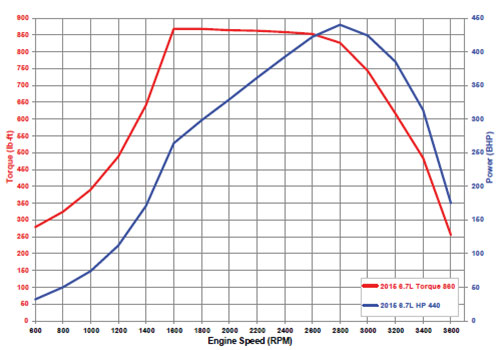In towing my 10,000 lb 5th wheel travel trailer with my 2015 Ford Powerstroke Diesel and 331:1 gears I can run on the highway in 6th gear at around 60mph and 1400 rpm, low boost and hitting any hill causes a downshift but seems to pull fine on the flat. When doing this the engine is somewhat noisy, and sounds like it is pinging. Upon acceleration the turbo cannot build pressure so it downshifts. 5th gear is around 1800rpm and there it accelerates without hesitation and generally does not down shift when hitting moderate hills and the engine is quiet.
Is 1400rpm in the above scenario lugging? Could damage occur? Would it be better to stay in 5th gear while towing? I generally let the automatic do the shifting but I do keep it in the tow haul mode.
Is 1400rpm in the above scenario lugging? Could damage occur? Would it be better to stay in 5th gear while towing? I generally let the automatic do the shifting but I do keep it in the tow haul mode.

